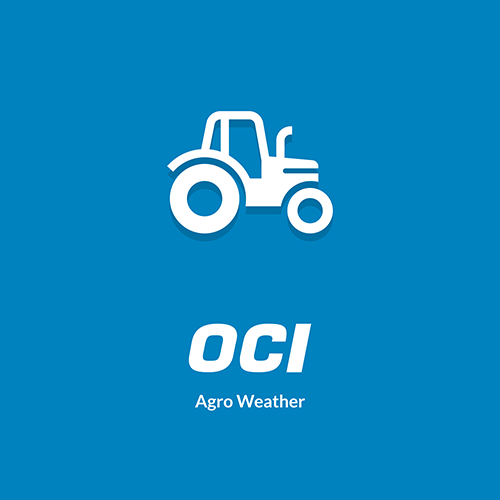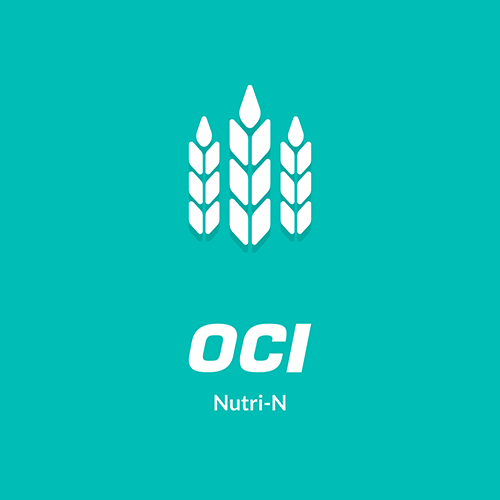Home > Soil > Assessing the soil > Assessment of root growth
Assessment of root growth
Root growth is a reflection of the soil structure. The way roots grow into the soil is indicative of the resistance in the soil, the availability of nutrients and the presence of oxygen. Root growth can be assessed in terms of intensity, depth and shape.

The intensity of root growth depends on the crop and the season. Cereals generally have a more intensive root system than e.g. sugar beet. Fewer crop roots are visible in early spring than in July. Intensity is rated as good, moderate or poor.
The rooting depth indicates depth from the soil surface. It is beneficial if the rooting goes deeper than the tillage layer. The table below provides guidelines for rooting depth per crop under favourable conditions.
Rooting depth per crop
| Rooting depth | 40 cm | 50 cm | 85 cm | >85 cm |
|---|---|---|---|---|
| Crop | Onions, grassland | Potatoes | Barley | Wheat, sugar beet |
Image 1: With intensive rooting, we find roots all over the profile with many visible roots.
Shape: kinks in the roots or horizontal growth may indicate structural problems. Thickened roots or root tips may indicate considerable soil resistance.

Image 2: With moderate rooting, the whole profile is not used and we find irregular rooting in only parts of the profile.
Image 3: With poor rooting, many clods are not rooted through and there is disturbed growth.
Solution
Poor rooting usually means something is wrong with the soil structure or there are disturbing layers. Good soil development requires good drainage. Drainage increases bearing capacity and reduces susceptibility to compaction.


